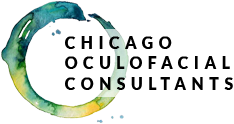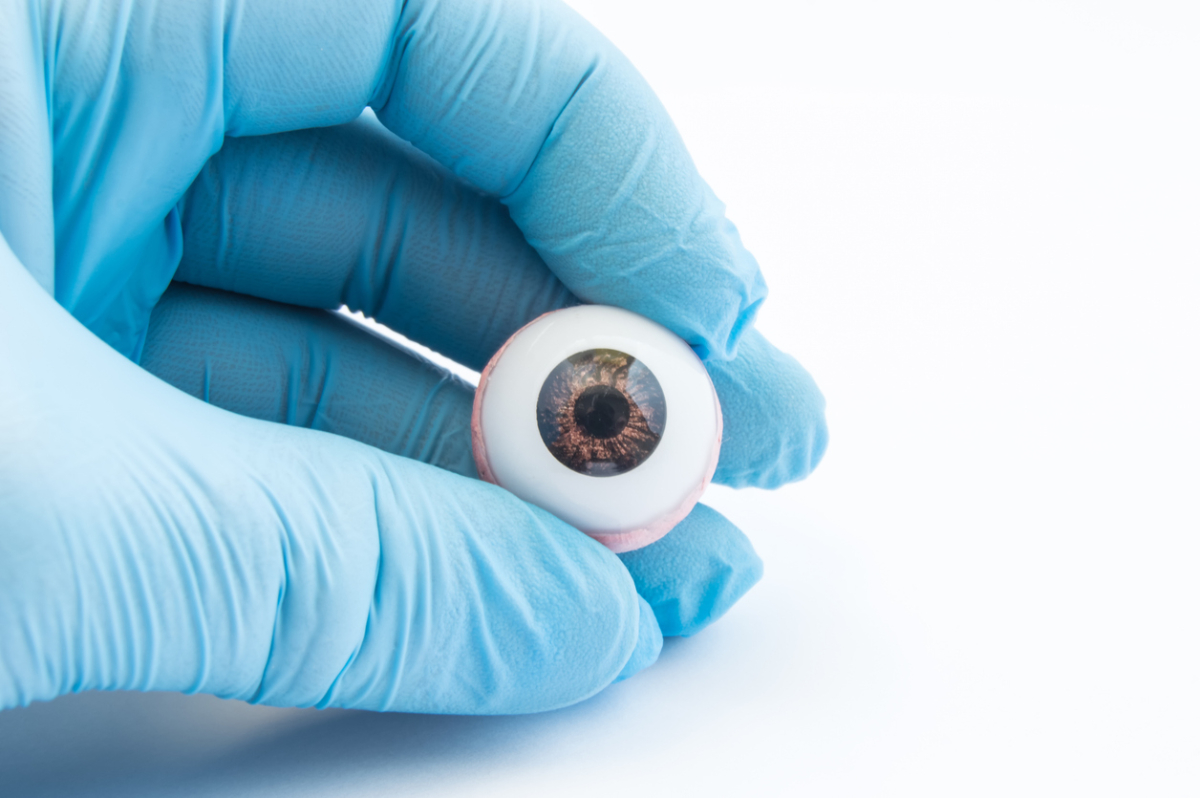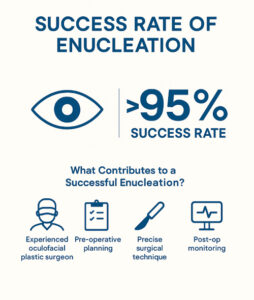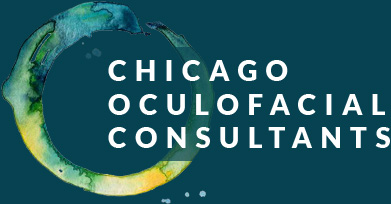Losing an eye is never part of anyone’s life plan, but when it becomes necessary, the first thing most people want to know is: Will I be okay? It’s a fair, and deeply human, question. Whether you’re facing enucleation because of trauma, a painful blind eye, or a condition like ocular melanoma, you’re not just thinking about the procedure itself. You’re thinking about healing, quality of life, appearance, and what comes next.
So let’s answer the question that matters most: What is the success rate of enucleation? Let’s explore the facts, the outcomes, and what recovery truly looks like.
What Is the Success Rate of Enucleation?
Enucleation is a highly successful procedure with a success rate of over 95% in most cases. Success is typically defined by the absence of post-surgical complications, preservation of socket structure, and the ability to comfortably wear a prosthetic eye if desired.
Performed by an experienced oculofacial plastic surgeon, enucleation is a meticulous surgery designed to remove the eye while preserving the surrounding orbital tissue. This careful balance helps ensure that the socket remains healthy and that the patient can achieve excellent cosmetic and functional results.
While every surgery carries some risk, enucleation is a well-established procedure, and complications are relatively rare. Most patients heal well and go on to enjoy improved comfort, confidence, and quality of life after recovery.
What Contributes to a Successful Enucleation?
Several factors influence the success rate of enucleation, and many of them are in the hands of your surgical team. At Chicago Eye & Face, we take a comprehensive and highly personalized approach to every procedure, which makes a big difference in long-term outcomes.
Factors That Boost Success:
- Experienced, board-certified oculofacial plastic surgeon
- Detailed pre-operative planning and patient history review
- A precise surgical technique to minimize tissue trauma
- Close post-op monitoring to detect and address any issues early
- Patient education on healing, hygiene, and prosthetic care
Patients also play a role in their recovery success. Following post-operative instructions, attending all follow-up appointments, and reporting any discomfort can help ensure a smooth and complication-free outcome.
Is Enucleation Ever Combined with Other Procedures?
Yes. In some cases, patients who are also experiencing drooping eyelids or changes in the eye socket may consider additional reconstructive options alongside or following enucleation. For example, eyelid surgery, also known as blepharoplasty, may be recommended to improve the function or appearance of the eyelids, particularly if there’s excess skin or tissue affecting comfort or prosthetic fit.
These combination procedures are especially effective when performed by a specialist in oculofacial plastic surgery, who can ensure aesthetic harmony and functional results. At Chicago Eye & Face, we frequently develop tailored surgical plans that address all aspects of the eye area, not just a single concern.
What Should You Expect After a Successful Enucleation?
Recovery time varies slightly, but most patients return to light activities within a few days and experience significant improvement within 2 to 4 weeks. Here’s what the recovery process often includes:
- Temporary swelling and bruising around the socket
- Use of a conformer (a clear placeholder device) to help the socket retain its shape
- Pain management with prescribed medication, if needed
- A custom prosthetic fitting after the area is fully healed
Patients who follow recovery guidelines closely typically experience smooth healing and are often amazed by the natural appearance and comfort of their prosthetic.
Schedule Your Consultation with Chicago Eye & Face
If you’re exploring enucleation or seeking the care of a skilled oculofacial plastic surgeon, reach out to Chicago Eye & Face today. We’re here to answer your questions, guide your journey through eye surgery, and provide the compassionate, expert care you deserve.



